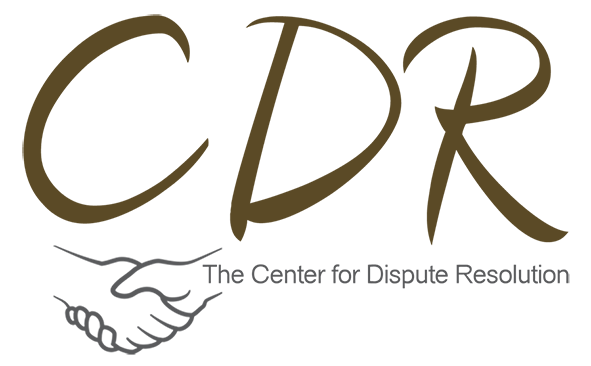
5 Ways to Change Organizational Culture While Minimizing Conflict and Improving Communication
In today’s dynamic business environment, organizational culture plays a pivotal role in determining the success or failure of a company. A healthy culture can foster innovation, collaboration, and productivity, while a toxic one can lead to conflicts and communication breakdowns. In this article, we will explore five effective strategies to change organizational culture positively, promoting harmony, reducing conflict, and enhancing communication within your company.
Understanding Organizational Culture
Before diving into the strategies, it’s essential to understand what organizational culture is. It’s the collective values, beliefs, behaviors, and practices shared by a group of people within an organization. Culture shapes the way employees interact and how they view their work environment.
Assessing Your Current Culture
To initiate a change, you first need to assess your organization’s existing culture. Conduct surveys, interviews, and workshops to understand how employees perceive the culture. This information will be crucial for developing a tailored strategy.
5 Strategies for Positive Change
1. Leadership’s Commitment
Strong and visible leadership is the foundation for any cultural transformation. Leaders should be committed to the change and exemplify the desired culture through their actions. When employees witness the commitment of their leaders, they are more likely to follow suit.
2. Clear Communication
Effective communication is at the heart of a healthy organizational culture. Develop clear and transparent communication channels that foster openness, honesty, and feedback. Regularly update employees on the progress of culture change initiatives to keep them engaged.
3. Employee Involvement
Engage your employees in the process of culture change. Encourage their active participation and feedback. Their insights can be invaluable in shaping a culture that resonates with the entire workforce.
4. Training and Development
Invest in training and development programs that align with the desired culture. These programs can help employees acquire the skills and behaviors necessary to thrive in the new culture, reducing conflicts arising from skill gaps.
5. Recognize and Reward
Acknowledge and reward employees who embrace the desired culture. Recognition can motivate employees to align with the new cultural norms, and it reinforces positive behavior, reducing conflicts.
Conclusion
Changing organizational culture is a journey that demands dedication and persistence. By following these five strategies, organizations can effectively transform their culture while minimizing conflicts and improving communication. A positive culture not only enhances the workplace experience but also drives better results. Embrace change, commit to it, and watch your organization flourish.
✅ Resolve disputes effortlessly. ✅ Build stronger relationships. ✅ Subscribe FREE now!
Don't miss out! Join us today. 🚀


Comments are closed